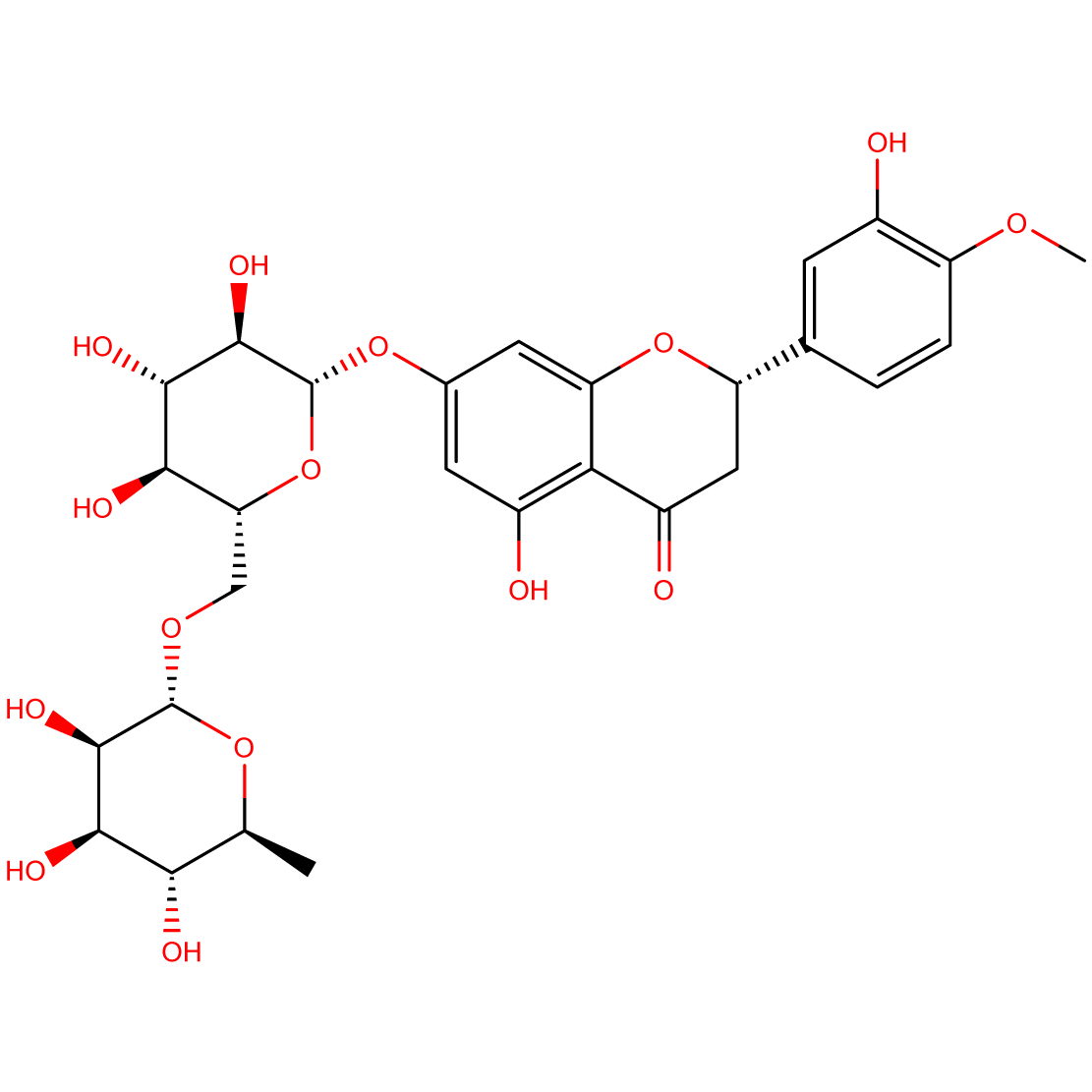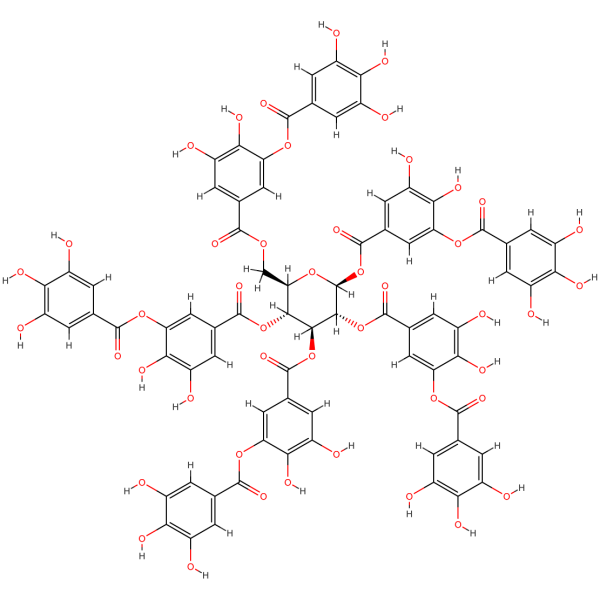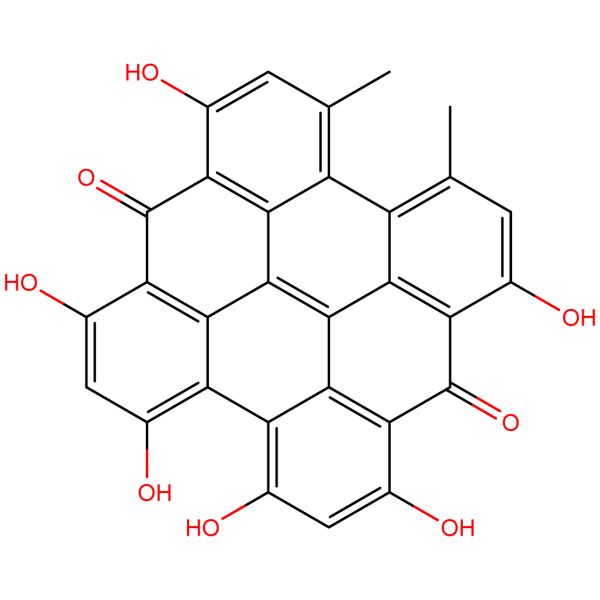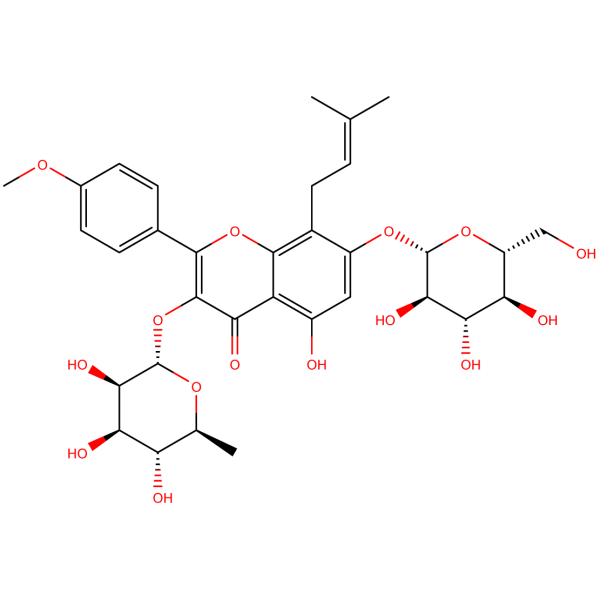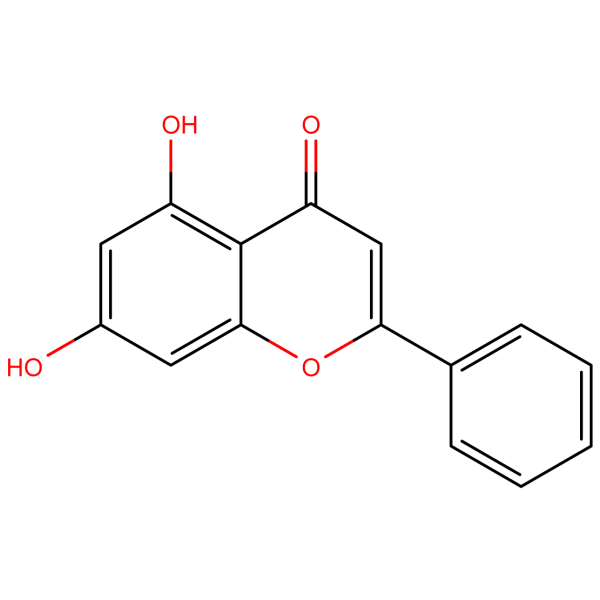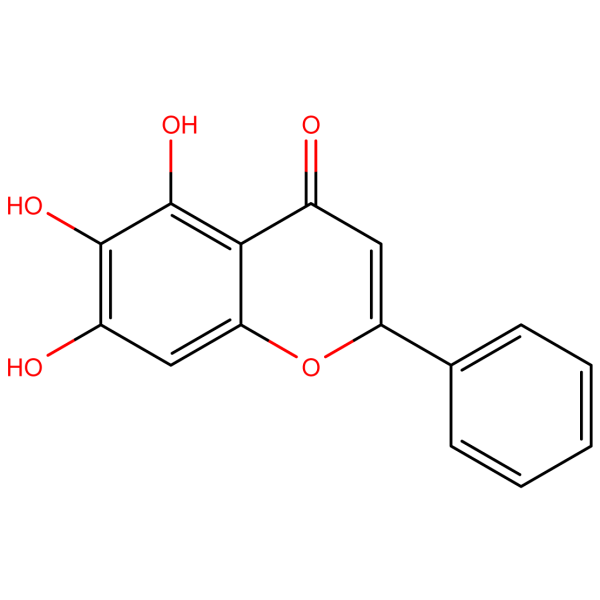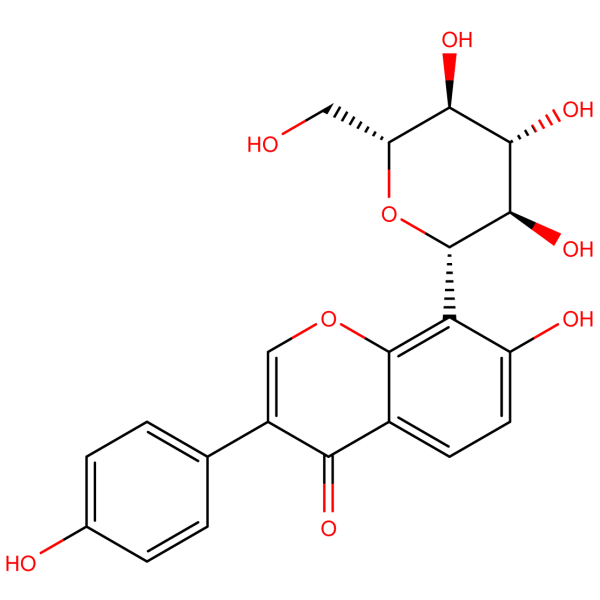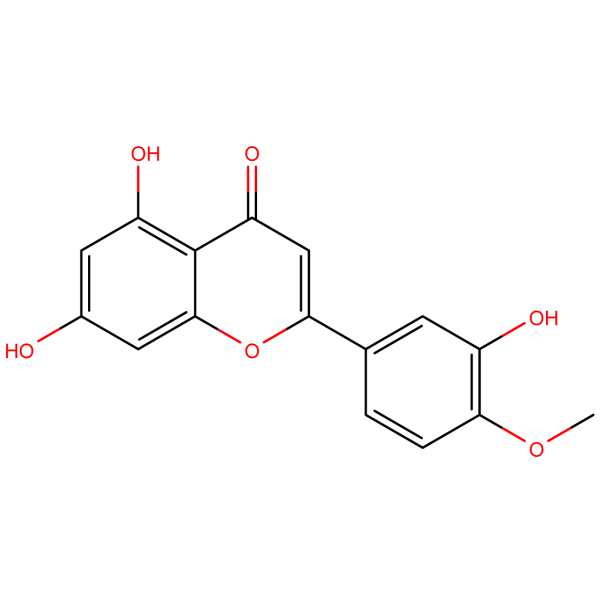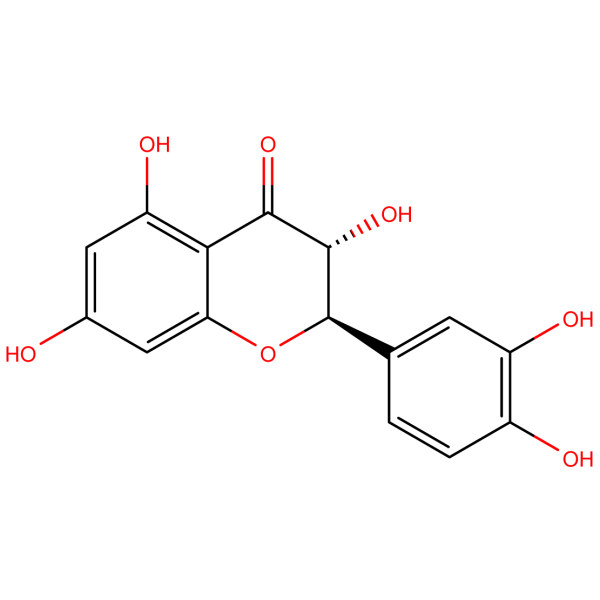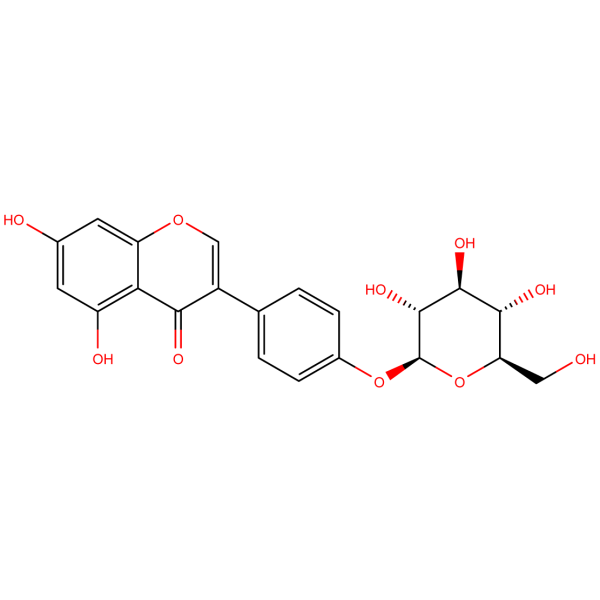Hesperidin: Potent Flavanone Glycoside for Advanced Biomedical Research
1. Molecular Identity
- Chemical Name: (2S)-5-Hydroxy-2-(3-hydroxy-4-methoxyphenyl)-7-[(2S,3R,4S,5S,6R)-3,4,5-trihydroxy-6-[[(2R,3R,4R,5R,6S)-3,4,5-trihydroxy-6-methyloxan-2-yl]oxymethyl]oxan-2-yl]oxy-2,3-dihydrochromen-4-one
- CAS Number: 520-26-3
- Source: Naturally occurring in citrus fruits, particularly abundant in oranges and lemons
2. Biochemical Significance
Hesperidin is a flavanone glycoside with diverse biological activities. Its unique molecular structure contributes to its potent antioxidant, anti-inflammatory, and potential therapeutic properties, making it a compound of significant interest in nutritional and pharmaceutical research.
3. Key Properties of Hesperidin
- Antioxidant: Exhibits strong free radical scavenging activity
- Anti-inflammatory: Demonstrates ability to modulate inflammatory responses
- Vasoprotective: Shows potential in supporting vascular health
- Neuroprotective: Indicates promise in protecting neuronal cells
4. Potential Research Applications
- Cardiovascular disease studies
- Neurodegenerative disorder investigations
- Metabolic syndrome and diabetes research
- Cancer prevention and treatment studies
5. Current Research Focus
Ongoing studies are investigating Hesperidin’s effects on:
- Endothelial function and blood vessel health
- Oxidative stress-related cellular damage
- Glucose and lipid metabolism
- Cognitive function and neuroprotection
6. Formulation Challenges and Innovations
Researchers are actively working on:
- Enhancing bioavailability and absorption
- Developing targeted delivery systems for improved efficacy
- Creating synergistic combinations with other bioactive compounds
7. Regulatory Considerations
Hesperidin (CAS 520-26-3) is Generally Recognized as Safe (GRAS) by the FDA. Its use in specific therapeutic applications may require additional regulatory approval depending on the jurisdiction and intended use.
8. Future Research Directions
The scientific community anticipates:
- Advanced clinical trials for cardiovascular and neurological indications
- Exploration of Hesperidin’s potential in combination therapies
- Investigation of its role in epigenetic modulation
9. Collaborative Opportunities
We invite nutritionists, pharmacologists, neurologists, and academic institutions to explore the research potential of Hesperidin. For inquiries, collaborations, or to discuss how this compound can benefit your research projects, please contact us at sales@nstchemicals.com.
Join us in advancing biomedical research with Hesperidin – a powerful flavanone glycoside at the forefront of nutritional and pharmaceutical innovations.

